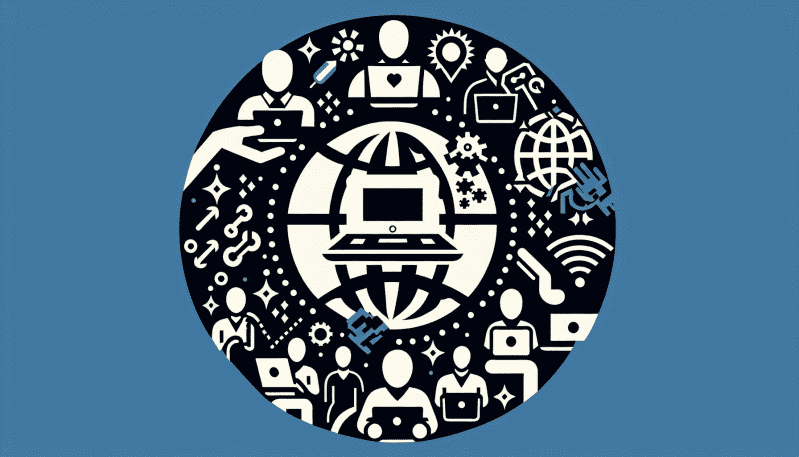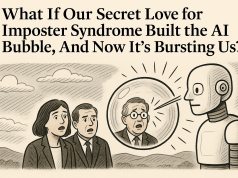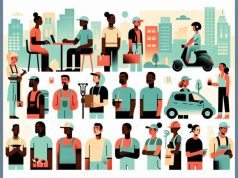In the land of opportunity, the quintessential ‘American Dream’ has long been characterized by a stable job with a steady income, the white picket fence, and a sense of security for one’s family. However, as we delve deeper into the 21st century, the tapestry of the American workforce is undergoing a dramatic transformation, one where the gig economy is becoming an increasingly dominant force. The question that beckons then is whether this rise of gig work represents a new, sustainable version of the American Dream, particularly in the melting pot of New York.
The traditional American work ethos, with its 9-to-5 schedule, has been the backbone of the U.S. economy for decades. This model offered workers predictable hours, job stability, health benefits, and a clear career progression path. Yet, the modern labor market is witnessing a seismic shift towards gig and freelance jobs – epitomized by the likes of Uber drivers, freelance writers, and independent contractors across various industries.
In contrast to traditional employment, the gig economy promotes flexibility and autonomy, allowing individuals to choose when, where, and how much they wish to work. For many New Yorkers, this has been a game-changer. The hustle of the city that never sleeps sometimes demands atypical work hours and the gig economy accommodates this lifestyle more effectively than a 9-to-5 job ever could.
Nevertheless, this newfound freedom comes with its own set of challenges. Gig workers often lack the security and benefits associated with full-time employment – there’s no employer-sponsored health insurance, no paid leave, no 401(k) matching. This precarious nature of gig work raises concerns about financial security and the viability of building a stable future on such unpredictable foundations.
In the heart of New York, where the cost of living is notoriously high, the implications for those relying solely on gig work are profound. Worker rights become a pivotal issue as gig workers are often viewed as independent contractors, which means they fall outside the umbrella of many labor protections afforded to traditional employees.
Career progression in the gig economy is another area that deviates from the norm. Gone are the days of climbing the corporate ladder; success in the gig economy is often measured by one’s entrepreneurial spirit and the ability to continuously secure new gigs.
As we look to the future, it’s clear that a shift in labor laws and social safety nets is necessary to adapt to the gig economy. New York has already started to address these challenges, with the state engaging in discussions about how to extend protections and benefits to gig workers. The future could see a reimagining of policies to support a hybrid workforce, balancing the autonomy of gig work with some of the traditional employment protections.
So, is the gig economy the new American Dream? It certainly offers a version that resonates with the modern worker’s desire for independence and flexibility. Yet, for it to be a sustainable dream, especially in a city as dynamic and demanding as New York, there must be an evolution not only of work itself but also of the systems that support our workforce. The conversation has begun, and the narrative of the American Dream is being rewritten with every gig.
In conclusion, the gig economy in New York embodies the changing landscape of work, mirroring the transformation happening across America. Its potential to fulfill the American Dream hinges on how we choose to integrate the flexibility of gig work with the stability and protections traditionally provided by full-time employment. The Work Times stands at the forefront of this conversation, committed to dissecting and understanding the evolution of work for the modern New Yorker and beyond.

























